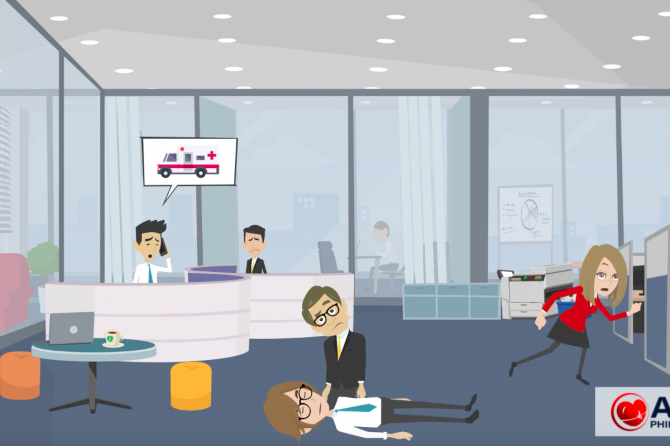
Save a Life: How to Help Someone With Cardiac Arrest?
You may ask yourself sometimes: How do I help a person who has Cardiac Arrest?
It is very important to know what steps to take to give somebody who has Sudden Cardiac Arrest a chance of survival.
Follow these steps and try to help to save a life.
How to Help Someone With Cardiac Arrest?
Are the surroundings Safe?
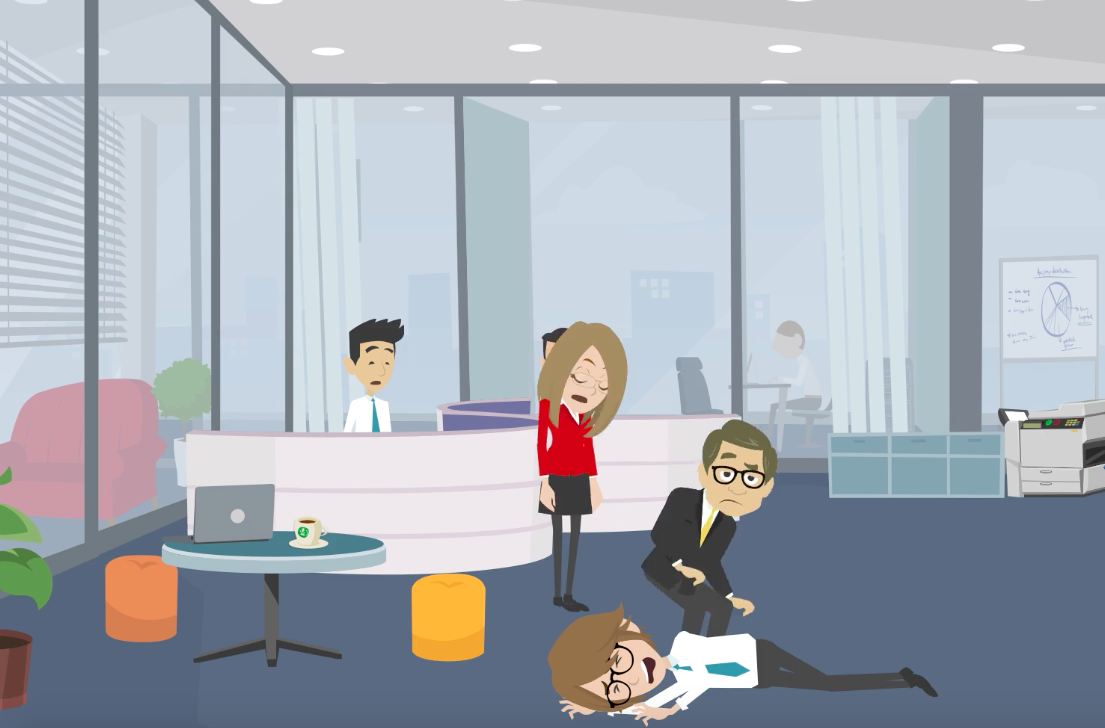
Check consciousness of the victim
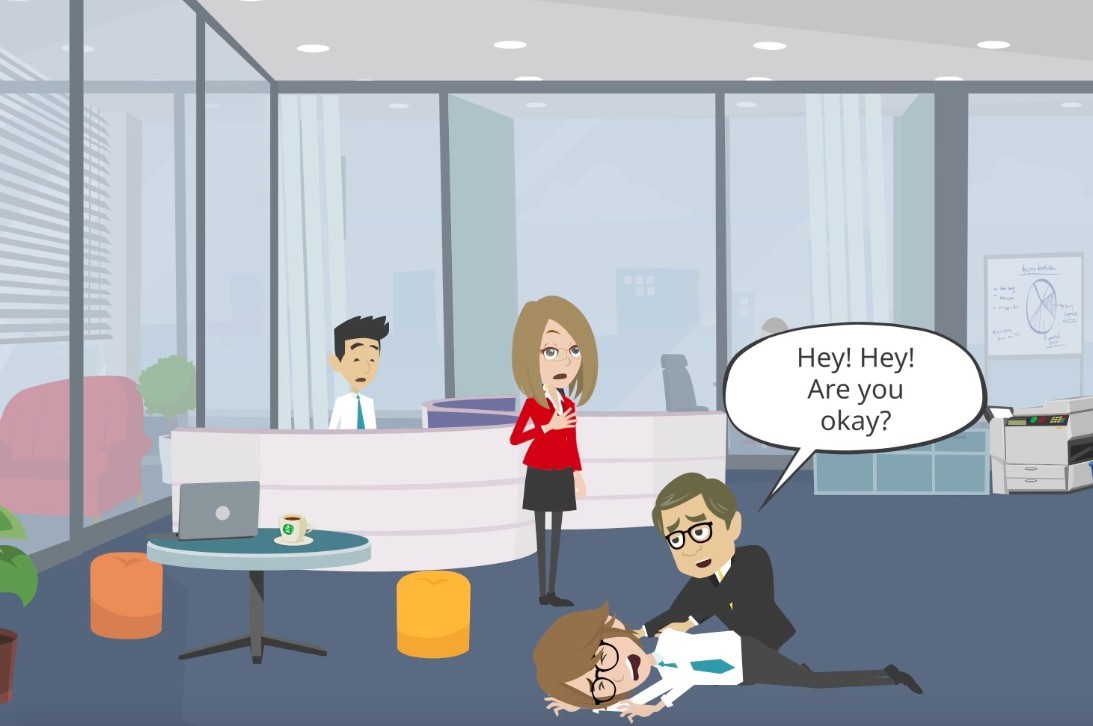
Call for help
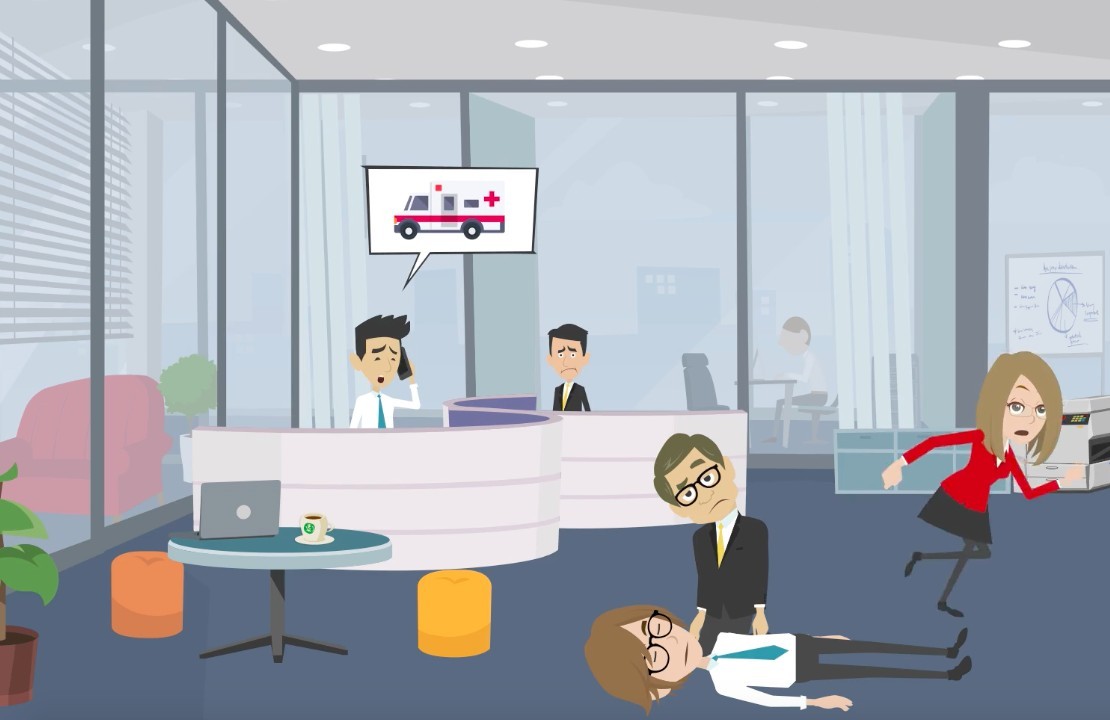
Start CPR
Compress 100-120 times per minute without giving rescue breaths, or if you are trained to give CPR with Rescue Breaths, follow 30 compressions and 2 times rescue breaths and maintain the 100-120 compressions per minute. Compress the chest 5 to 6 centimeter (2 to 2.4 inches) DEEP and allow complete chest recoil (the chest requires to move back in the original position). Do not interrupt the chest compressions for more than 10 seconds.
Continuous CPR is very important and one of the factors to do High-Quality CPR.
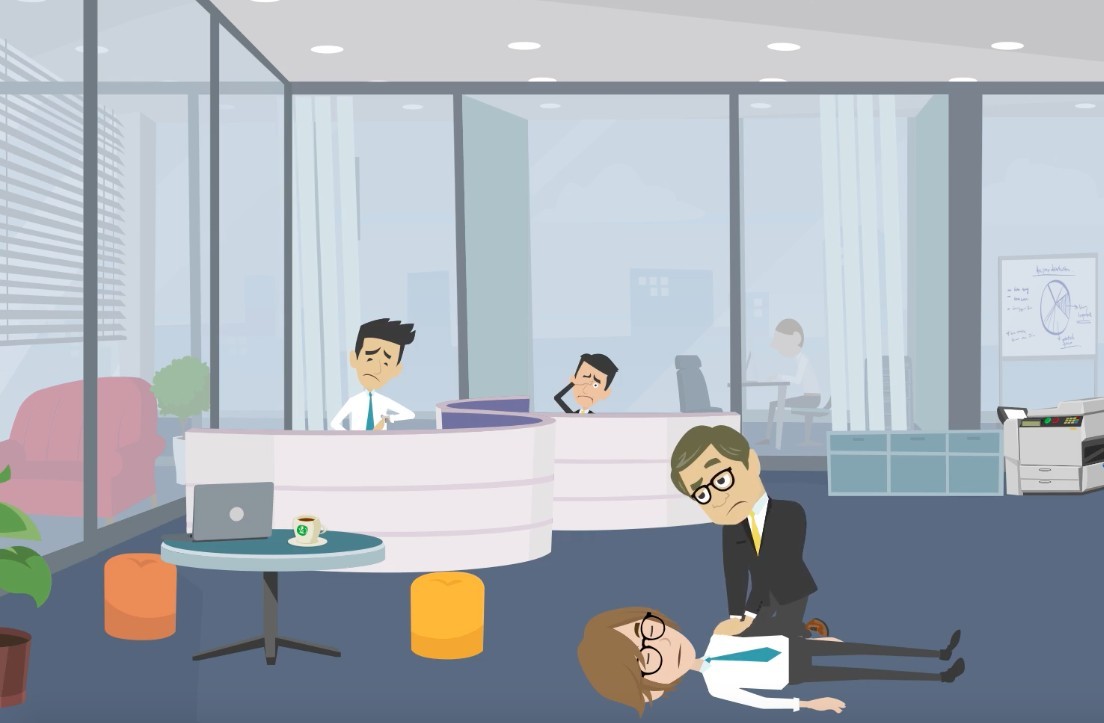
When the AED arrives
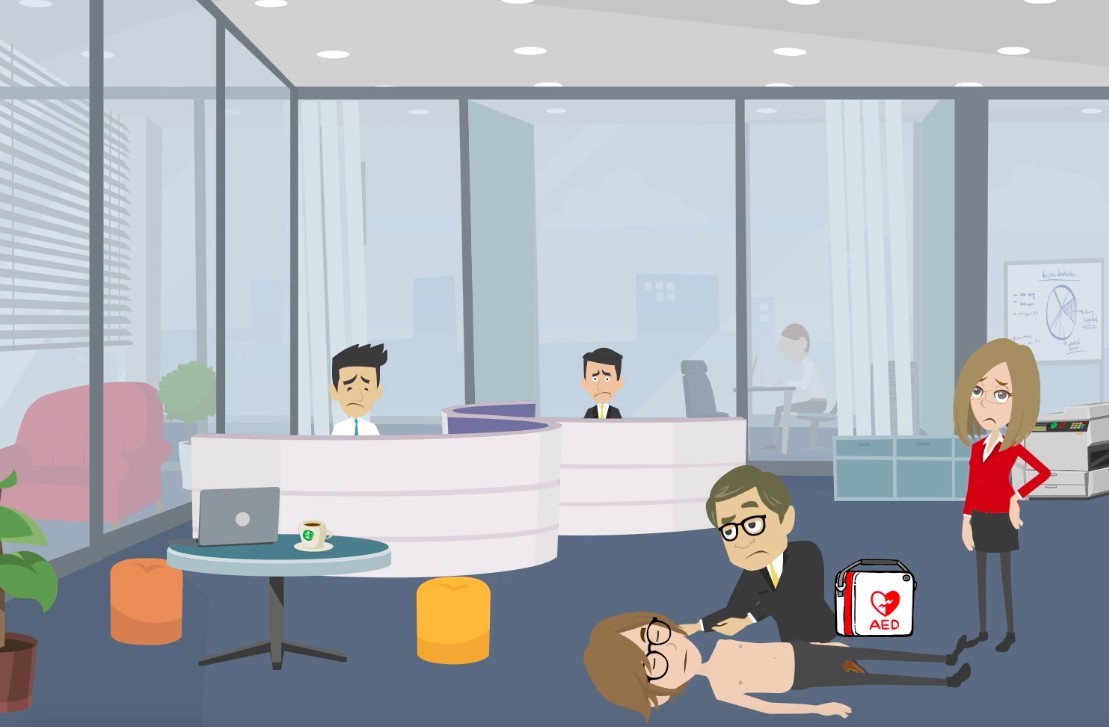
Listen to the voice prompts of the AED
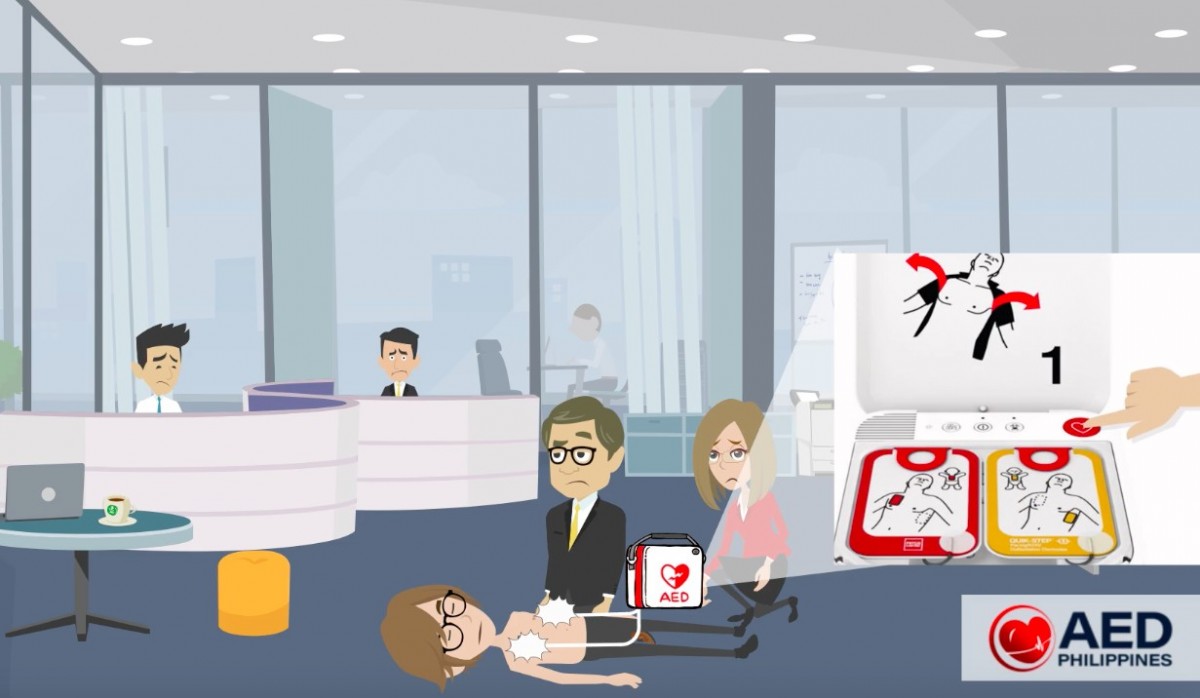
Take turns with someone else doing CPR
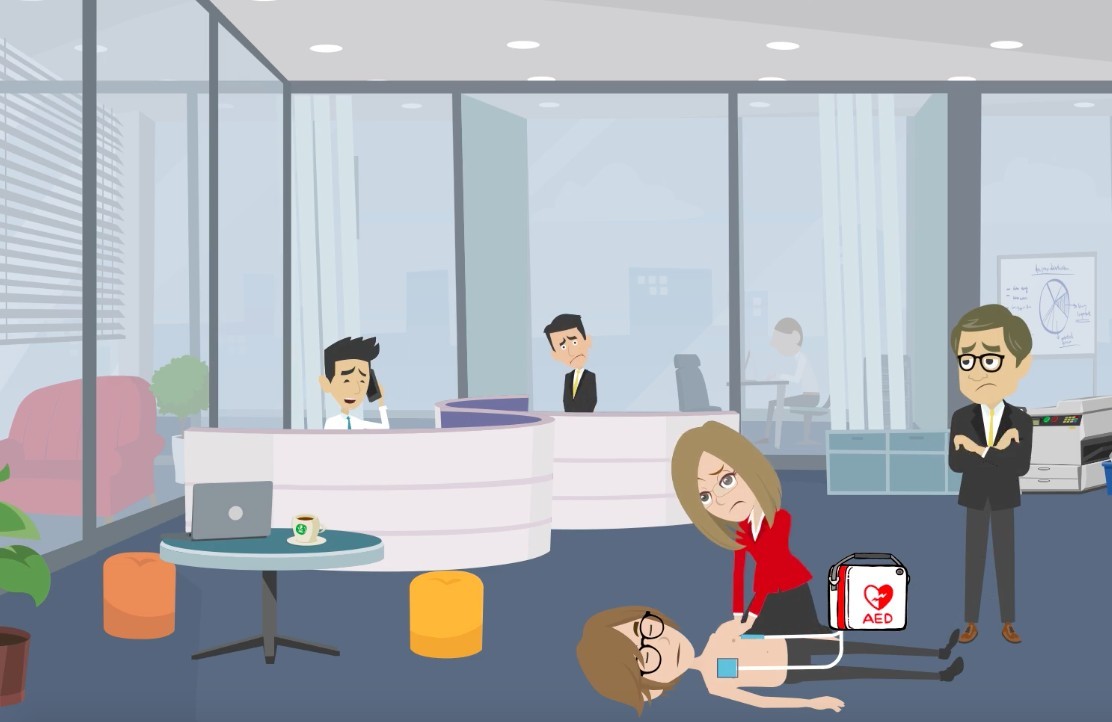
When can you stop Resuscitation?
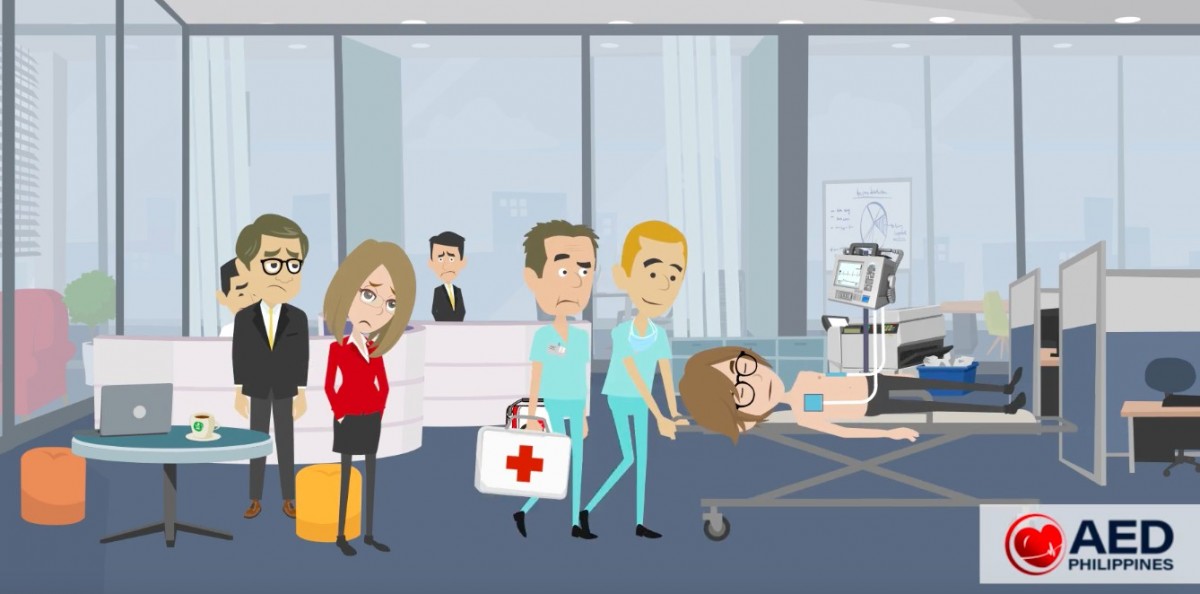
*If your company or building does not have access to an ambulance, we recommend a subscription to LifeLine 16911 in our National Capital Region. The EMT Ambulance staff of Lifeline 16911 will assure you of good pre-hospital care after an incident of Cardiac Arrest. They are tied up with regional hospitals in the National Capital Region in the Philippines and will transport the victim there.


Leave a reply